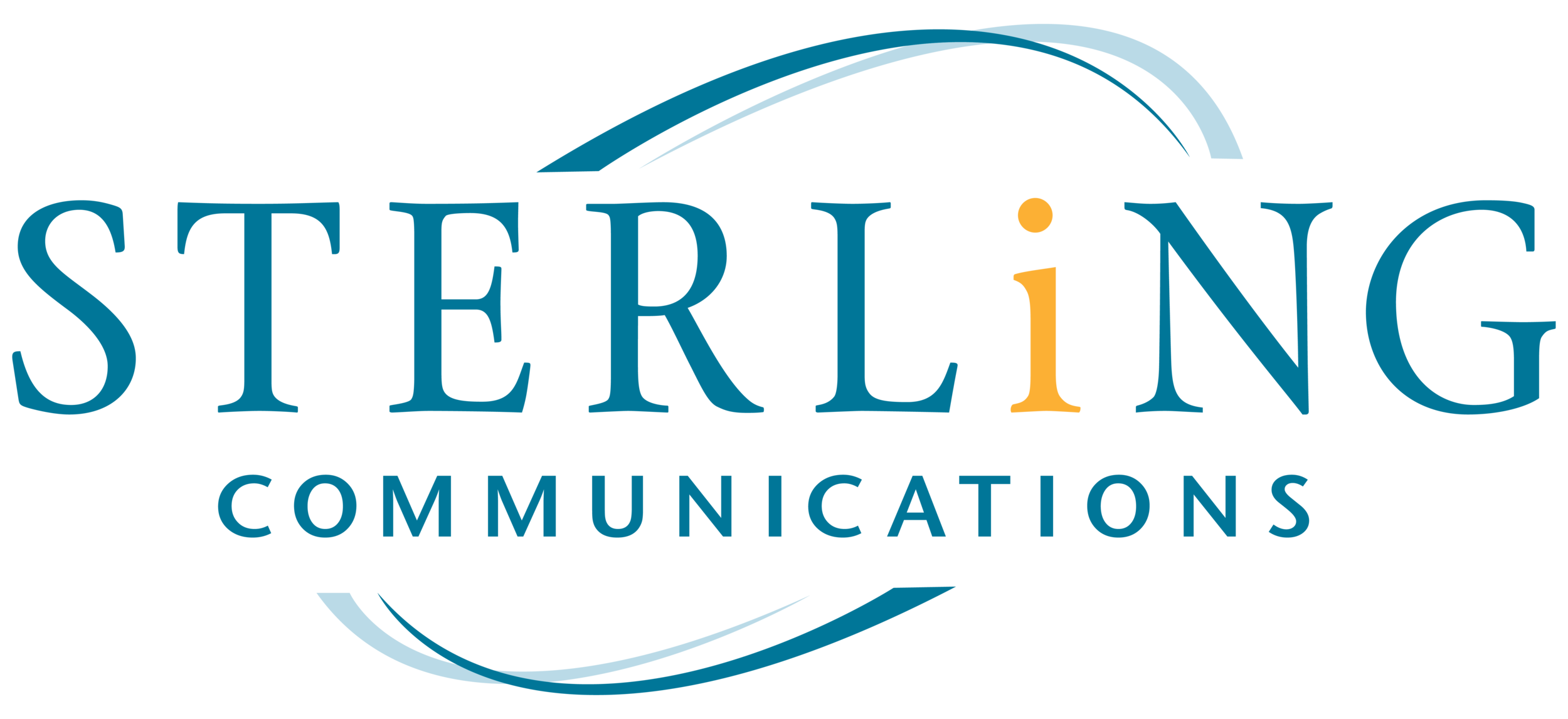S
SCSI
The Small Computer System Interface is a set of evolving standard electronic interfaces that allow personal computers to communicate with peripheral hardware such as disk drives, tape drives, CD-ROM drives, printers, and scanners. SCSI (pronounced "scuzzy") is faster and more flexible than previous interfaces.
Search Engine
A program that searches documents for specified keywords and returns a list of the documents where the keywords were found. Although search engine is really a general class of programs, the term is often used to specifically describe systems like Alta Vista and Excite that enable users to search for documents on the World Wide Web and USENET newsgroups.
Secure Cabinet
A locked cabinet located in a monitored data center where customers can connect their servers to the Internet.
Sendmail
The most popular UNIX-based implementation of the Simple Mail Transfer Protocol (SMTP) for transmitting e-mail.
Server
A computer or device on a network that manages network resources. For example, a file server is a computer and storage device dedicated to storing files. Any user on the network can store files on the server. A print server is a computer that manages one or more printers, and a network server is a computer that manages network traffic. A database server is a computer system that processes database queries.
Server Side Include (SSI)
A server-side include (SSI) can either be a variable value that you want to appear on a web page (like the date and time that the page was loaded on the visitor’s browser – in which case it must pull this information from the server) or it can be static information that you want included on several pages.
For instance, you might have 50 pages on your site and want to use the same navigational bar on each one of these pages. Without including the same information on all the pages or using frames, you can make one file that contains the navigation bar and call to the SSI file on the 50 pages. This way if the navigation or URLs in the navigation change, then you only have to update the one file and not the same information on all 50 pages.
Server-Side Scripting and Programming Languages
A variety of scripting and programming languages is available to you in order to give greater function to your web site. Some of the primary examples are: Unix, Perl, shell script, Server-Side Includes (SSI), PHP, Miva (formerly HTMLScript), NT, ColdFusion, and Active Server Pages (ASP).
Shared Server
Shared web servers are a very popular way of providing low-cost web hosting services. Instead of requiring a separate computer for each site, dozens of sites can co-reside on the same computer. In most cases, performance is not affected and each web site behaves as if it is being served by a dedicated server.
Shareware
Software that is distributed at no cost to the user (the author maintains the copyright).
Shell Access
Access to an interactive user interface where the user can connect with a Unix operating system. The shell is the layer of programming that understands and executes the commands a user enters.
Shopping Cart
Shopping cart software acts as an online store's catalog and ordering process. Typically, it allows a consumer to browse the web site, select items for purchase as they browse, review what they have selected; make necessary modifications or additions, and purchase the merchandise.
SMTP
Short for Simple Mail Transfer Protocol, a protocol for sending e-mail messages between servers. Most e-mail systems that send mail over the Internet use SMTP to send messages from one server to another; the messages can then be retrieved with an e-mail client using either POP or IMAP.
Sockets
In UNIX and some other operating systems, a software object that connects an application to a network protocol. In UNIX, for example, a program can send and receive TCP/IP messages by opening a socket and reading and writing data to and from the socket. This simplifies program development because the programmer need only worry about manipulating the socket and can rely on the operating system to actually transport messages across the network correctly.
Spider or Robots
It is a program that most of the major search engines on the web use. Spiders visit web sites and read their pages and other information in order to create entries for a search engine index. Spiders are typically programmed to visit sites that have been submitted by their owners as new or updated. Entire sites or specific pages can be selectively visited and indexed. Spiders usually visit many sites in parallel at the same time, their "legs" spanning a large area of the "web." Spiders can crawl through a site's pages in several ways. One way is to follow all the hypertext links in each page until all the pages have been read.
SSL Support
Secure Sockets Layer, or SSL, support allows the transfer of data in a secure environment.
